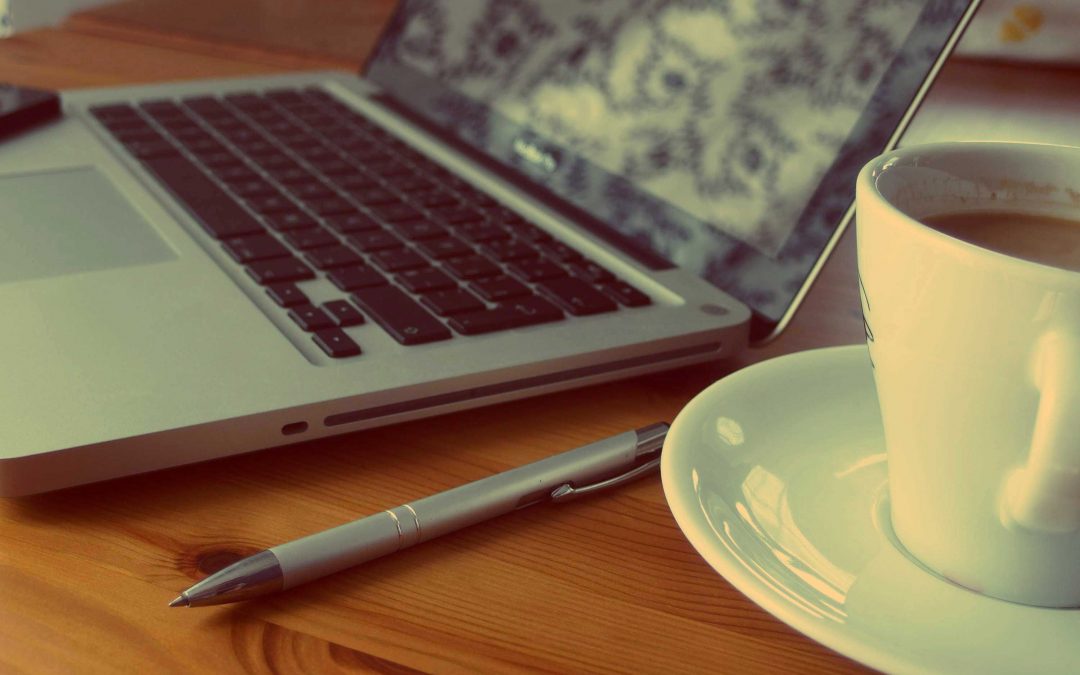When it comes to writing on the go, away from your desktop, nothing can beat the reliable luxury of a laptop – except, maybe, a tablet. Here’s what I noticed when I made the switch.
Last Christmas, I asked for an iPad, mainly to have a better place to do digital art besides my ten year-old Wacom tablet. Before the pandemic, I was also planning on bringing it to class with me. It would save paper for notes and make my backpack lighter.
Then, I realized it’d be perfect for writing.
Compact
Everyone has had the experience of back pains brought on by backpacks overloaded with binders, textbooks, and of course, the almighty laptop. When I switched out mine for an iPad, I surprisingly noticed a difference. The standard iPad is about the size of a thin book, much more compact than the laptop I was lugging around. If you still don’t have room in your bag, they’re small and light enough to carry without hassle.
Cheaper but not Cheaper
We’re college students. We thrive on 99 cent ramen and splurge on coffee. Not everyone can afford to buy a next-gen laptop. The iPad 7th Gen is only $330 on the Apple website, compared to the MacBook Air, which starts at $999. When I switched to writing on my iPad, I barely noticed a difference. It doesn’t run slower, and you can still access your google drive and docs (or download another writing app if you don’t prefer Google Docs.)
Buying from Apple also gives the opportunity for payment plans rather than paying the lump sum right up front.
Functions
As stated above, switching to a table doesn’t decrease the functionality or accessibility while writing. However, I did have to buy a case with a bluetooth keyboard for my iPad, because using the on-screen keyboard for writing was an impossible task. Sites like Amazon and Ebay have numerous options for keyboard cases and bluetooth keyboards, at decent prices but still great quality.
Another bonus with using an iPad is that it’s connected to my phone. I am someone who constantly gets random writing ideas throughout the day, and my best friend is the notes app on my iPhone. Being able to connect my phone and tablet together allows me to pull those notes up on my iPad in the middle of writing and refresh my memory of what I wrote earlier that day or week.
Downsides?
In all fairness, there are a couple cons when it comes to writing with a tablet over a laptop. The biggest one – and I received it as a question from friends when I tell them I write with a tablet – is that the screen is smaller. It does make it a tad bit harder when writing, but as someone who is constantly hunched over when I’m writing it doesn;’t make much of a personal difference.
I will say this next downside is a personal preference (and might make other writers shudder.) I have recently started writing some personal pieces without capitalization (gasp!) and using the google docs app doesn’t allow you to turn off auto-capitalization. I started a piece on my laptop – sans capitalization – and found that the rest of the doc on my iPad was being forced into proper grammatical format. So if you’re a writer like me and have your own personal preferences when it comes to writing form etc, using a tablet might irk you slightly.
Overall
Given the pros and cons of using a tablet from my experience, it’s a switch I don’t plan on undoing. The efficiency and practicality of my iPad makes writing anywhere so much easier for me. If you’ve ever thought about making the jump yourself, I’d say go for it! You might be pleasantly surprised.
Meet the blogger:

REMI SHERMAN is a senior at Hamline University, studying creative writing. When she’s not spending time (in and out of class) writing, she’s playing overwatch until two in the morning and streaming BTS’ latest album. She’s hoping to be an editor after college and writing a novel in her free time.


